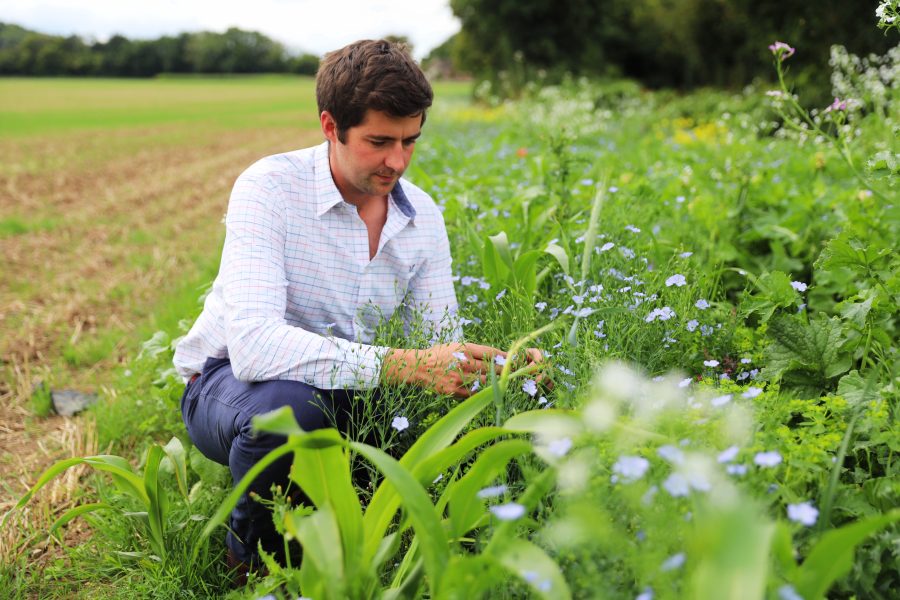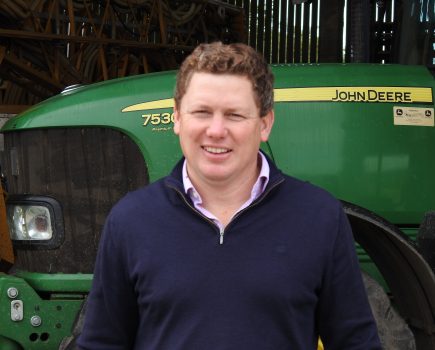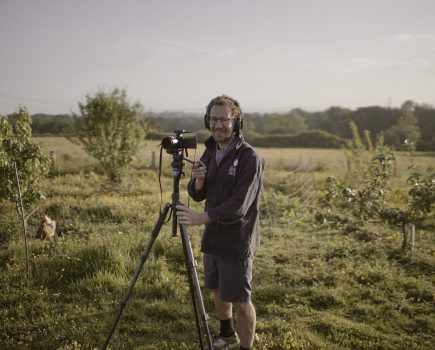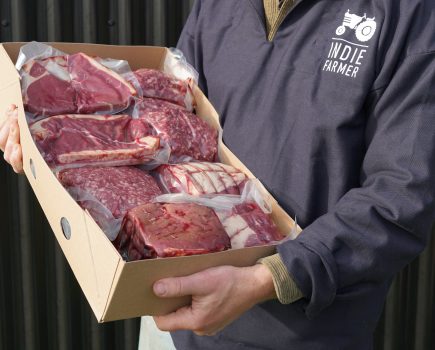West Sussex beef and arable farmer James Bray has been working with the Soil Association Exchange on initiatives aimed at showing how farming can benefit both the environment and food production.
James, who runs the farm near Compton with parents Angela and Nick, asked the Soil Association Exchange to assess the environmental performance of his farm. The report, funded by Lloyds Banking Group, suggested a number of areas to focus on, including biodiversity, carbon emissions and soil health.
The assessment offer is part of a broader partnership between the Soil Association Exchange, the banking group and other industry partners which has established an environmental baseline acknowledging the current performance of more than 685 UK farms covering all agricultural sectors across 238,000 hectares.
James said taking part in this process had not only reaffirmed his existing environmental practices but had highlighted new opportunities.
He farms 502 hectares of owned and tenanted land, finishing 600 head of beef cattle a year for processor ABP. The cattle are bought in at two weeks old and are reared to finish on a diet consisting primarily of home-grown barley, maize, and grass silage, supplemented with minerals and some concentrates.
James grows wheat, spring barley, winter barley, maize and oats, but is considering switching to grain maize next year to boost starch levels in the cattle’s diet. He has also noticed that spring barley is more cost-effective than winter barley, with similar yields but lower inputs.
“The environmental benefits of spring barley, linked with Sustainable Farming Incentive (SFI) options, help improve gross margins by £200 per hectare, making it an attractive option,” he said.
The farm’s cropping approach aligns with the government’s SFI scheme. “We’re already doing many of the practices the Rural Payments Agency (RPA) wants us to, like planting herbal leys and growing cover crops,” James explained.
Herbal leys are a key focus on the farm, as are cover crops such as stubble turnips. A neighbour’s sheep graze these fields, providing an extra income as well as adding soil organic matter. Forage rape is grown before spring barley, while cover crops and reduced insecticide use under SFI further strengthens their environmental impact.
James works hard to improve organic matter through cultivation techniques and the crops he grows. Five years ago, he introduced strip tillage for better water infiltration and reduced soil disturbance, and the farm is transitioning to direct drilling and conventional tillage to maintain soil health and improve efficiency.
The Exchange report detailed soil organic matter across his fields ranging from six to 10%, with permanent pastures higher in organic matter.
Farmyard manure (FYM) and sewage sludge are also applied to boost fertility and organic matter. Sewage sludge, in particular, has significantly increased barley yields. “Winter barley yields have jumped by one tonne per acre since applying sewage sludge. It’s a really high phosphate fertiliser,” he said.
The report suggested further improvements in nutrient management. “We’re considering enhancing FYM by adding effective microorganisms, similar to bokashi. This could help reduce greenhouse gas emissions from the manure and improve its quality,” added James, who hopes that improving soil organic matter will reduce his need to buy in fertiliser.
Findings from the report also highlighted how growing legumes in grassland or winter bird food could improve grassland, both of which pay more under the SFI than herbal leys and is something James is contemplating.
This would add to the work James is already doing to increase biodiversity on the farm, with 10% of the farm already planted with pollen-rich and nectar-rich crops and wild bird food mix, with six metre margins around most fields as part of the Countryside Stewardship Scheme.
James said conservation efforts had paid off, with a noticeable return of wildlife to the farm. The wild birdseed margins and supplementary feeding, along with predator control, have helped bring back key species. “We’ve seen more hares, barn owls, and even lapwings,” he added.
The Exchange report highlighted 17 different bird species on the farm, including two on the Royal Society for the Protection of Bird’s Red List. The report suggested ways of further developing biodiversity, such as increasing the variety of crops in rotation to support feeding and nesting and creating wetland features, although the farm’s chalky soil may make water retention challenging. He does, though, plan to prioritise hedgerow management, which is not only eligible for SFI funding but also supports wildlife habitats.
Despite all the environmental initiatives, James is clear about his primary goal. “Our number one priority is producing food. If we can take less productive land out of arable rotation and use it to benefit the environment, all the better. But our main focus will always be farming.”
By funding over 80% of the farms that have taken part in the Soil Association Exchange assessment, Lloyds Banking Group has, for the first time, developed a baseline for the ongoing measurement of on-farm environmental improvements.
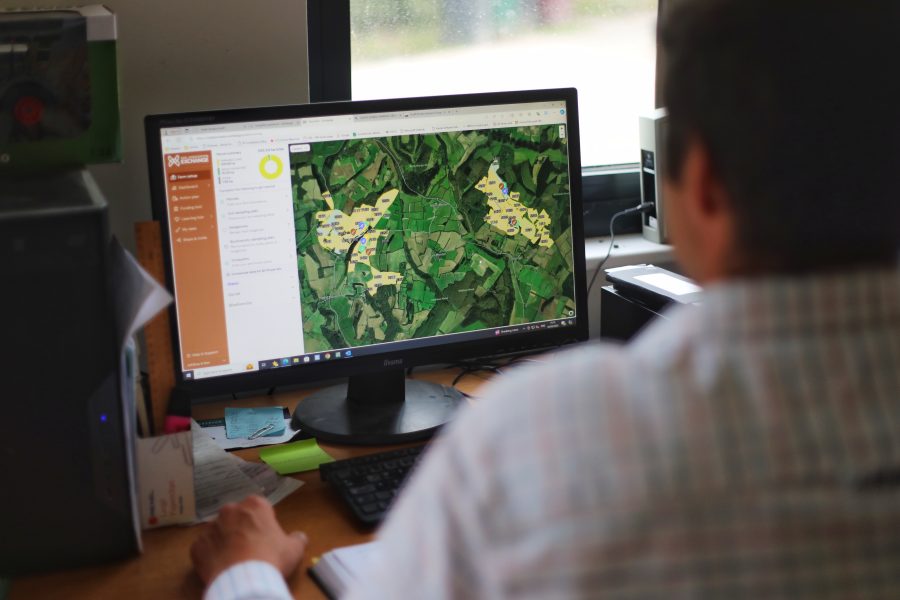
Photos: Rob Freeman, Limehouse
For more like this, sign up for the FREE South East Farmer e-newsletter here and receive all the latest farming news, reviews and insight straight to your inbox.

